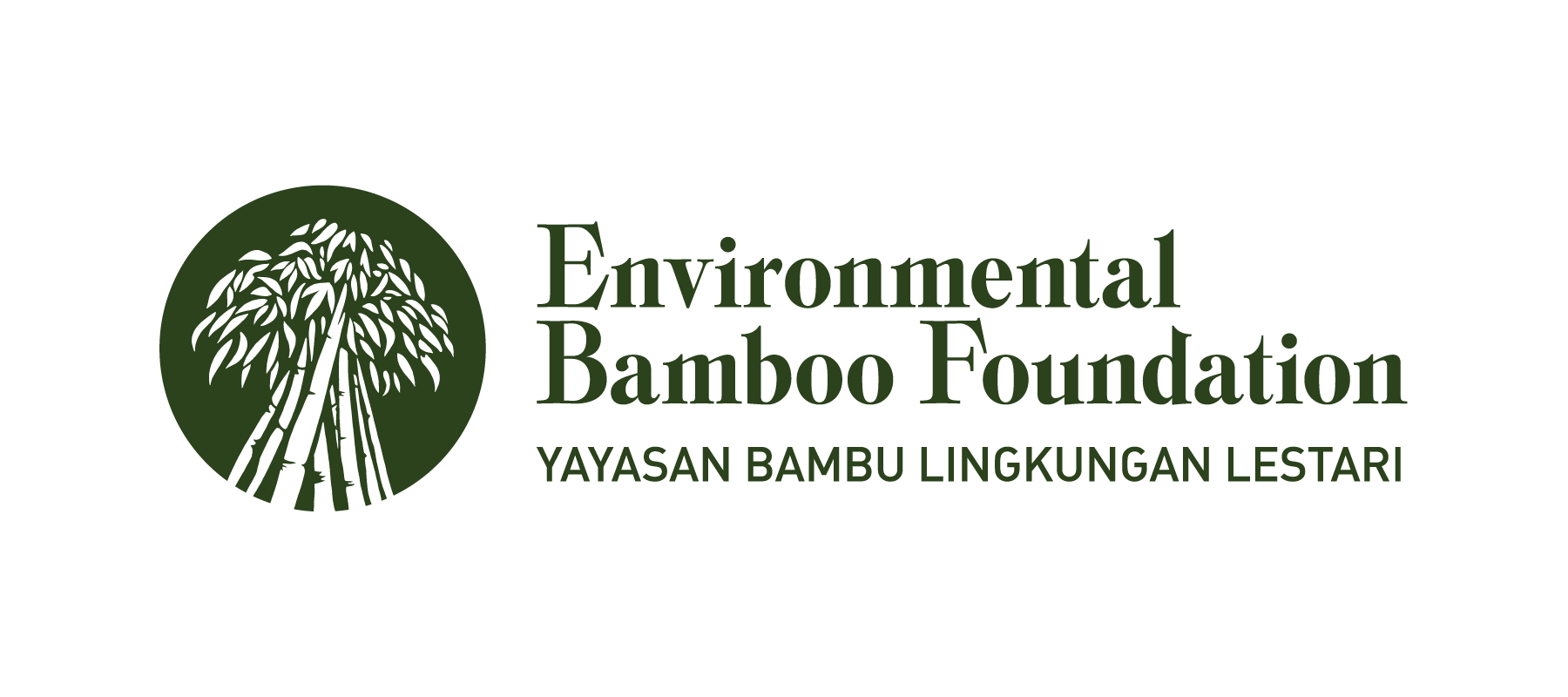Bamboo is proven to provide multi-benefits from the aspects of production, ecology and socio-economic. However, bamboo is still not fully developed. People tend to replace bamboo with wood species which are considered to be more profitable, one of them is sengon. The purpose of this study was to analyze bamboo management practices carried out by farmers and compare between sengon and bamboo cultivation which is more financially profitable. Financial analysis conducted includes: Net Present Value (NPV), Benefit Cost Ratio (BCR) and Internal Rate of Return (IRR). Analysis of market aspect and social aspect used the Market Analysis and Development (MA&D) method. The sensitivity analysis was carried out on the condition of fixed income while costs increased by 10% and 30% and fixed costs while income rises by 10% and 30%. The analysis included the analysis of market aspect and social aspect. The results of the financial analysis showed that the cultivation of petung bamboo with a spacing of 6 x 6 meters gave the highest yield with NPV value of IDR330.329.538, BCR 29.10 and IRR of 25.18%. Nevertheless, given the market and social aspects, bamboo and sengon can be developed in agroforestry to ensure sustainability and continuity of income for farmers. Bamboo and sengon cultivation business is feasible to be conducted because the high demand which cannot be met from the existing sources.
